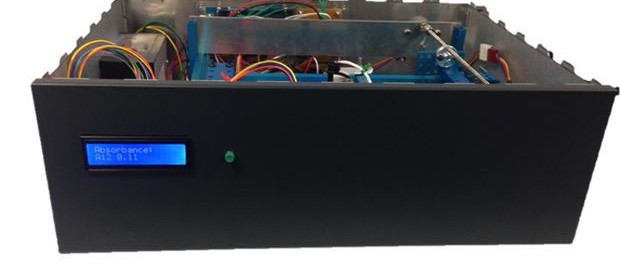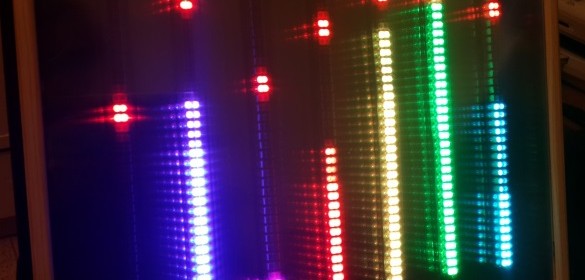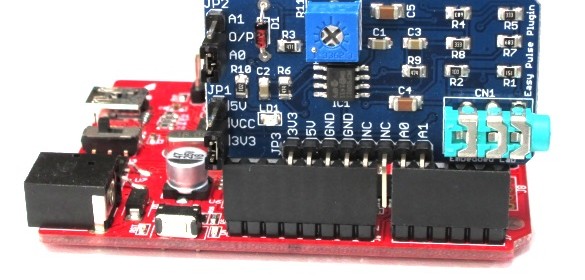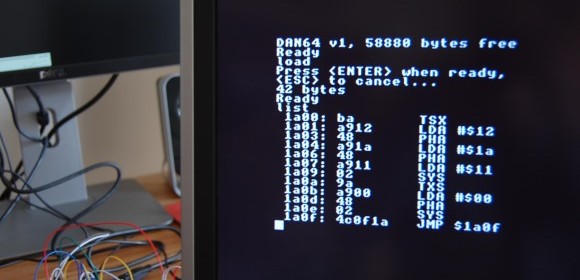DIY Spectrophotometer using Arduino

Spectrophotometery is a quantitative measurement of the transmission properties of a chemical substance as a function of wavelength, and the device used for this purpose is known as Spectrophotometer. It operates by passing a beam of light through a sample and measuring the intensity of light reaching a detector through the sample. This Instructable describes an Arduino controlled DIY Spectrophotometer made by two undergraduate biochemistry students-Peter Elphick and Ed Tye, for their final-year lab project. We wanted to make a spectrophotometer that would measure the concentration of a dye called OPD; a common dye in biological assay kits. In addition to reading the absorbance of the
Read more

